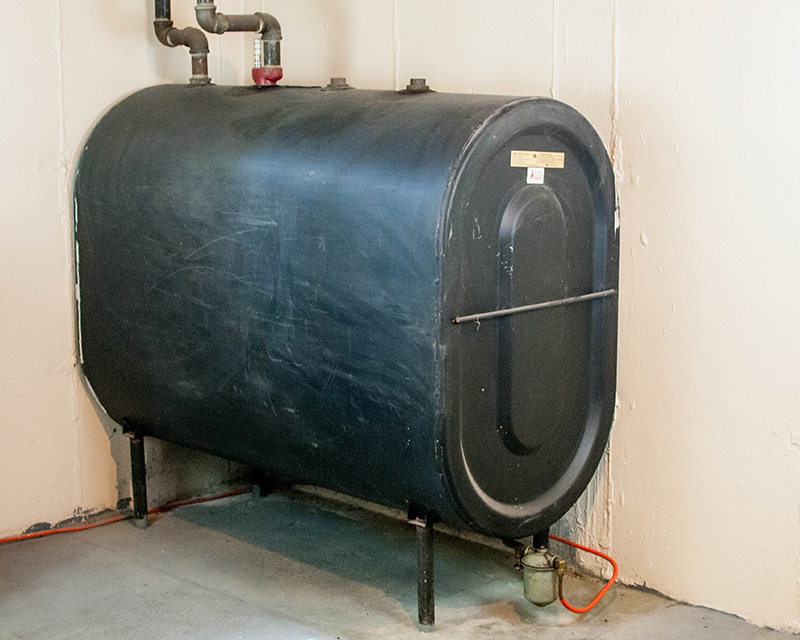Many people don’t think much about the oil tank at home, but ensuring it is safe and functioning correctly is essential to the house’s infrastructure. The owner of the property is accountable for the maintenance and repair of their heating system as well as their oil storage container. Neglecting your responsibility could create severe environmental and financial issues in the near future.

When it comes to maintaining oil tanks, it’s essential to be aware of the appropriate time to get the replacement of a tank. Although proper maintenance will prolong the lifespan of an oil storage tank but it’s inevitable that all tanks will need to be replaced. Costs for replacing an old oil tank vary depending on the various aspects. They include the dimensions, the type, location and the complexity of the installation.
The most popular size of oil tank in residential properties 275 gallon oil tank replacement cost.The price of replacing the oil tank of 275 gallon can range from $1,500 to $3,600, based upon the above factors. It is important to keep in mind that some installation costs such as permits, work and disposal of an old tank might not be included.
Tank replacement costs for oil can be high, but they’re not as costly when you consider the cost of not ignoring an old tank. Leaks in the tank could cause significant environmental damage along with fines and legal responsibility for the owner of the property. The tank’s failure could cause heat loss in the cold winter months, which could be hazardous and expensive to fix.
To avoid this ensure regular inspections and maintenance on the oil tank. This includes annual visual inspections as well as regular cleaning and checking for leaks. If any issues are identified, it’s important to address these issues quickly to avoid expensive repairs down the road.
There are a myriad of choices when replacing your oil tank. Above-ground oil tanks and below-ground oil tanks are the two most sought-after types. Above-ground oil tanks are usually more affordable and are easier for installers to put up and maintain, however they are more obtrusive. Installing tanks below ground can be expensive, but they provide a more subtle appearance.
For a secure installation, it’s essential to select a company that is trustworthy and experienced in replacement of oil tanks. The experts will make sure that the tank is set up correctly and properly remove any harmful substances used in the installation.
Alongside regular maintenance and proper installation in addition to regular maintenance and proper installation, there are other things that property owners can do to help extend the life of their oil tank. These include:
1. The tank should be kept full. The tank should be filled to assist in stopping condensation from forming within the tank, which can lead to corrosion.
2. It is highly recommended to use a high-quality fuel: This can keep sediment from accumulating within the tank. This could cause damage and blockages to the fuel line.
3. Keep the area around your tank tidy: By keeping the tank’s area free of debris, you can prevent damage to your tank. You will also find it easier to inspect and maintain.
4. Monitoring your home for leaks regularly will assist in identifying issues early, prior to them escalating and become expensive to repair.
Replacement of the oil tank is an important consideration for anyone who owns a property with an oil-fired heater. While the cost may vary dependent on a number of factors, failing to take care of the need of replacement can cause significant environmental and financial damages. By choosing a qualified and experienced installer, and remaining on top of checks and maintenance, you can ensure that your installation is safe and last for a long time.
For more information, click oil tank replacement